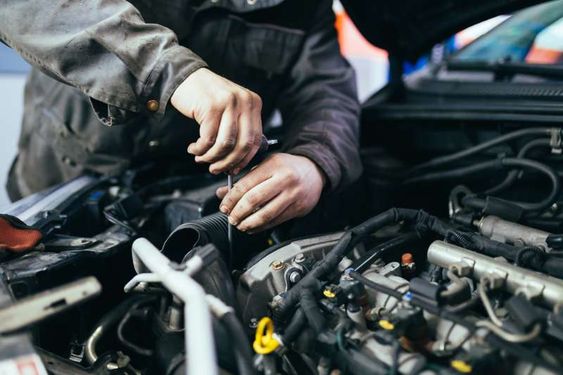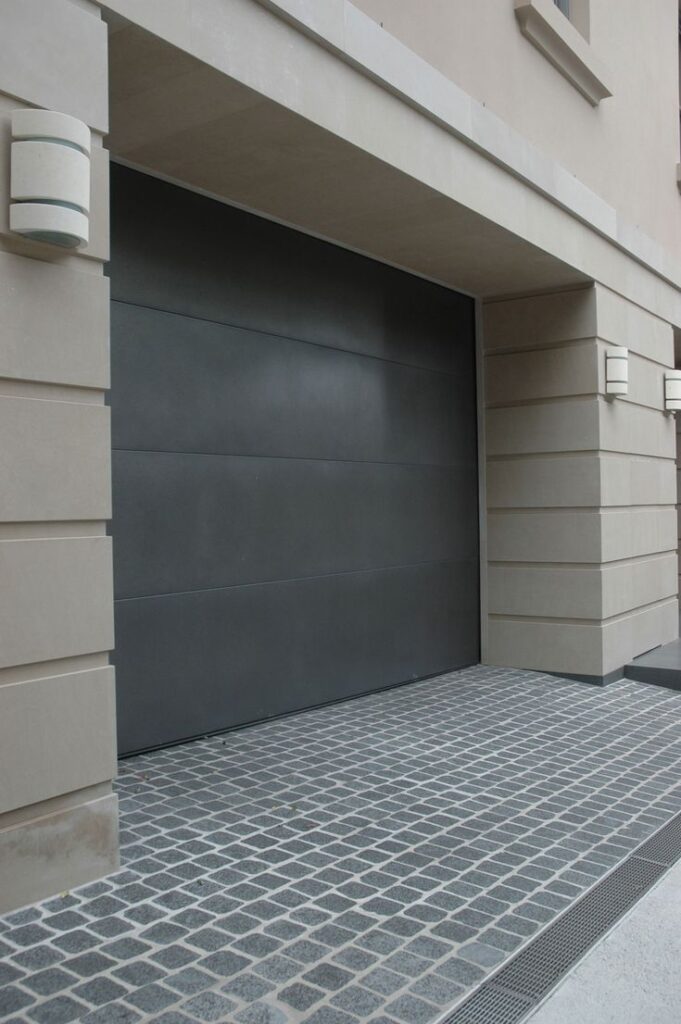As a homeowner who takes pride in the appearance and functionality of my property, I understand the importance of maintaining gates in top condition. Whether it’s a driveway gate welcoming guests or a garden gate enhancing the beauty of my landscape, occasional repairs are inevitable to ensure their longevity. Among the most common repair methods for gates is welding, a process that requires precision, skill, and a commitment to safety.

I’ll delve into the world of gate welding repair, exploring techniques, safety tips, and best practices to help you tackle welding projects with confidence and expertise by following Gate Repair Sacramento CA.
Understanding Gate Welding Repair
Welding is a fabrication process that involves joining metal parts together using heat, pressure, or both. In the context of gate repair, welding is commonly used to mend broken or damaged metal components, such as hinges, frames, and decorative elements. Whether you’re dealing with mild steel, stainless steel, or wrought iron, mastering welding techniques can save you time and money by allowing you to make durable repairs to your gates.
Types of Welding Processes
There are several welding processes commonly used in gate repair, each with its own advantages and considerations:
- Shielded Metal Arc Welding (SMAW): Also known as stick welding, SMAW is a versatile and widely used welding process suitable for various metal thicknesses and types. It involves using a consumable electrode coated in flux to create an electric arc that melts the base metal and forms the weld.
- Gas Metal Arc Welding (GMAW): Commonly referred to as MIG (Metal Inert Gas) welding, GMAW uses a continuous wire electrode and a shielding gas, such as argon or CO2, to create a weld. It is known for its ease of use, high welding speed, and ability to produce clean, strong welds.
- Gas Tungsten Arc Welding (GTAW): Also known as TIG (Tungsten Inert Gas) welding, GTAW uses a non-consumable tungsten electrode and a separate filler material, if needed, to create a weld. It offers precise control over the welding process and produces high-quality, aesthetically pleasing welds.
Safety Precautions
Welding can be hazardous if proper safety precautions are not followed. Here are some essential safety tips to keep in mind when welding gates:
- Protective Gear: Wear appropriate protective gear, including a welding helmet with a darkened lens, safety glasses, flame-resistant clothing, welding gloves, and closed-toe shoes. This gear will protect you from sparks, UV radiation, and hot metal.
- Ventilation: Ensure adequate ventilation in the welding area to prevent the buildup of harmful fumes and gases. Welding in a well-ventilated space or using exhaust fans and ventilation systems can help minimize exposure to welding fumes and improve air quality.
- Fire Safety: Keep a fire extinguisher nearby and familiarize yourself with its proper use in case of emergencies. Remove flammable materials, such as paper, fabric, or debris, from the welding area to reduce the risk of fire. Have a fire watch person present to monitor the area and extinguish any sparks or hot embers.
- Electrical Safety: Avoid working in wet or damp conditions and ensure that all electrical equipment is properly grounded to prevent electric shock. Inspect welding cables and connections for damage or wear and replace them if necessary. Keep welding leads and power sources away from water and moisture.
- Personal Safety: Never weld alone, especially in remote or isolated locations. Inform others nearby of your welding activities and establish clear communication in case of emergencies. Take regular breaks to rest and hydrate, and avoid welding when fatigued or under the influence of drugs or alcohol.
Gate Welding Repair Techniques
When performing gate welding repairs, follow these techniques to achieve strong, durable welds:
- Clean and Prepare Surfaces: Thoroughly clean the surfaces to be welded using a wire brush, grinder, or chemical cleaner to remove rust, paint, grease, and other contaminants. Ensure that the surfaces are free of moisture and debris before welding.
- Select the Right Welding Process: Choose the appropriate welding process and filler material based on the type of metal being welded, its thickness, and the desired weld quality. SMAW, GMAW, and GTAW each have their advantages and applications, so select the process that best suits your needs.
- Maintain Proper Welding Technique: Maintain a consistent arc length, travel speed, and electrode angle to achieve uniform weld beads and penetration. Practice proper welding technique, such as weaving or stringer beads, to ensure strong, reliable welds.
- Monitor Weld Quality: Inspect welds visually and with non-destructive testing methods, such as dye penetrant or magnetic particle inspection, to ensure they meet quality standards. Repair any defects or discontinuities, such as cracks, porosity, or incomplete fusion, before proceeding.
- Post-Weld Treatment: After welding, allow the welded area to cool naturally before handling or further processing. Clean the weld bead with a wire brush or grinder to remove any slag or spatter, and inspect the weld for completeness and integrity.
Common Welding Defects and Remedies
Even with proper technique and precautions, welding defects may occur. Here are some common welding defects and remedies:
- Porosity: Caused by gas trapped in the weld metal, porosity appears as small, rounded cavities in the weld bead. Remedies include using clean, dry shielding gas, adjusting welding parameters, and properly cleaning base metal surfaces.
- Incomplete Fusion: Occurs when the weld metal fails to fully fuse with the base metal, resulting in weak or discontinuous welds. Remedies include increasing welding heat input, using proper joint preparation, and adjusting welding technique to ensure adequate penetration.
- Cracking: Cracks in the weld or heat-affected zone can compromise the integrity of the weld joint. Remedies include preheating the base metal, controlling welding heat input, and selecting appropriate filler material and welding technique to minimize stress and distortion.
Conclusion: Mastering Gate Welding Repair
In conclusion, according to Gate Repair Sacramento CA, gate welding repair requires skill, precision, and a commitment to safety. By understanding welding techniques, following safety precautions, and practicing proper welding procedures, you can tackle gate repair projects with confidence and expertise. Whether you’re using SMAW, GMAW, or GTAW, selecting the right welding process and filler material for the job is essential for achieving strong, durable welds. Remember to inspect welds carefully for defects and address them promptly to ensure the long-term performance and integrity of your gates. With proper care and attention to detail, you can maintain your gates in top condition and enjoy their beauty and functionality for years to come.
Central Valley Gates & Access Controls
4817 Myrtle Ave, Unit C, Sacramento, CA 95841
916-745-4011








